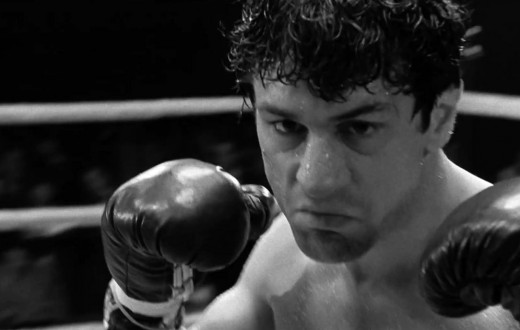It’s a scene as old as time: the child actor breaks into tears on cue. Whether it’s in a movie, TV show, or commercial, making a child cry on demand can be a powerful tool for directors and producers.
There is no crying in baseball, but there is definitely crying in acting. For child actors, learning how to cry on cue can be a valuable skill. It can help them get into character and convincingly convey the emotional turmoil of their role.
When it comes to on-screen emotion, child actors are often called upon to cry. And while it may seem like a simple task, getting young actors to convincingly show tears can be quite challenging for directors.
 One of the most difficult things about crying on screen is that it requires a certain level of vulnerability. Child actors have to be willing to let down their guard and be emotionally open in order to convincingly show tears. This can be difficult for some young actors who are not used to being so exposed emotionally.
One of the most difficult things about crying on screen is that it requires a certain level of vulnerability. Child actors have to be willing to let down their guard and be emotionally open in order to convincingly show tears. This can be difficult for some young actors who are not used to being so exposed emotionally.
In addition, crying on screen also requires a lot of physical energy. Child actors often have to work hard to maintain their composure while still conveying the intensity of their emotions. This can be exhausting, both mentally and physically.
Despite the challenges, there are many child actors who excel at crying on screen.
Watch this clip of young Hayden Panettiere who played Lizzie on the soap opera Guiding Light.
Another clip to watch is Ricky Schroder in The Champ. If this doesn’t make you bawl your brains out, I don’t know what will.
Here are a few tips on how to make your toddler child actor cry on demand:
Cut Up Onions in Front of the Child
A child might be fascinated by an onion, especially since it looks like a ball. So cutting one up in front of the child should be a fairly easy task.
Onions are a member of the allium family, which also includes garlic and leeks. When an onion is cut, enzymes that are released mix with the air to create sulfuric acid. This chemical reaction causes the onion’s cells to burst, and the release of these chemicals is what makes you cry.
Hand the Child a Cookie, Then Take It Away Just as She Goes to Eat It
This may sound mean, but it does the trick. It should only take a moment for the photographer to get the shot, so as soon as the Director calls the scene, hand the cookie back to the child so she can eat it.
Now, for older children, you can sit down with them to explain the scene and review how to handle it.
 Here are things to consider for older children:
Here are things to consider for older children:
1. If possible, use actual tears rather than relying on artificial methods. This will make the crying more realistic and believable.
2. Stimulate the tear ducts. There are a few ways to stimulate the tear ducts and make them produce tears. One way is to wet some cotton balls with saline solution and place them in the corners of the eyes. Another method is to apply a cold compress to the forehead or eyelids just before crying scene is shot. I personally would stay away from these methods and would probably use the onion instead – if the child cannot be authentic with real tears.
Things to discuss with the child actor:
1. Choose the right scene. The best scenes to make a child cry are those that are emotional and intense. Avoid scenes that are funny or lighthearted.
2. Use the right words. The right words can be incredibly powerful in evoking an emotional response from a child actor. Choose your dialogue wisely, and make sure it hits home for your child actor.
3. Pro-tip for scene partners: Stay in character. It’s important to stay in character while directing a child actor, even if they’re crying.
There’s no doubt that a good cry can be therapeutic, but what if you need to evoke tears for a movie or TV show scene and your child actor just isn’t feeling it?
Here are even more tips on how to make your child actor cry on demand:
1. Start by establishing a comfortable rapport with your child actor. Build trust so they know that you will not force them to do anything they’re not comfortable with.
2. Talk about the scene and what will happen. Help them understand why it is important for their character and what emotions they should be feeling.
3. Play music that is sad or evocative of melancholy feelings to help get them in the right frame of mind.
4. If all else fails, try staging a fake argument or problem between you and your child actor before the scene.
The key to making your child actor cry is to remain patient and consistent. Even though it’s not as easy as it may seem, crying on command is a skill that can be learned by anyone. It takes practice and patience to be able to do it on cue. However, with a little bit of effort, anyone can learn to do it. So if you’re feeling down and need a good cry, don’t be afraid to give it a try.







